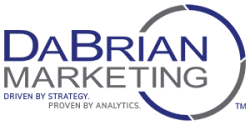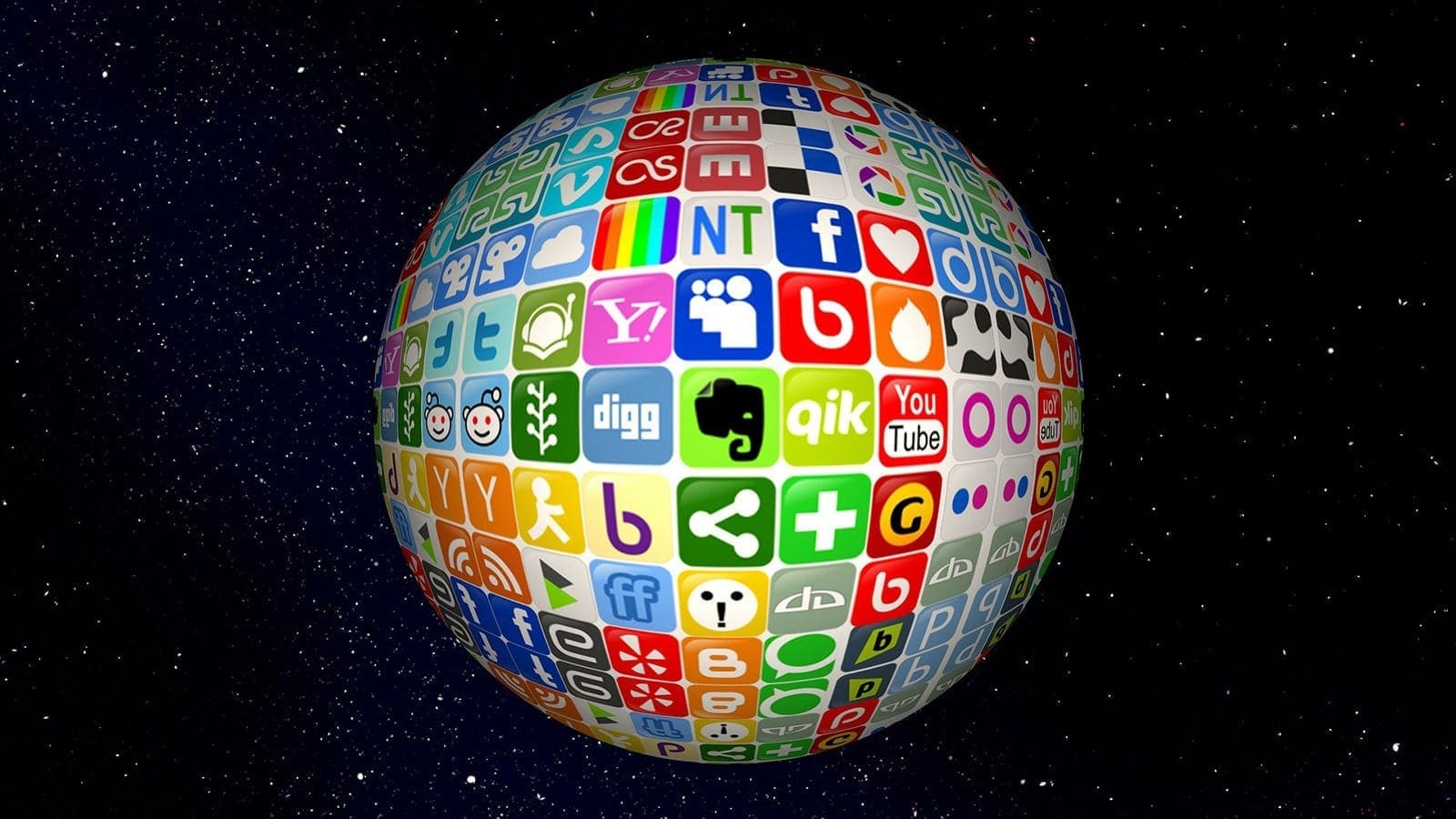Five Logo File Types Every Business Should Keep on File
Business owners often advertise their brand in multiple facets and in the media space. This makes it crucial for them to understand the different logo file types and the way they are utilized in the media space they are implemented into. In this blog, I will be covering the five important logo file types all …


